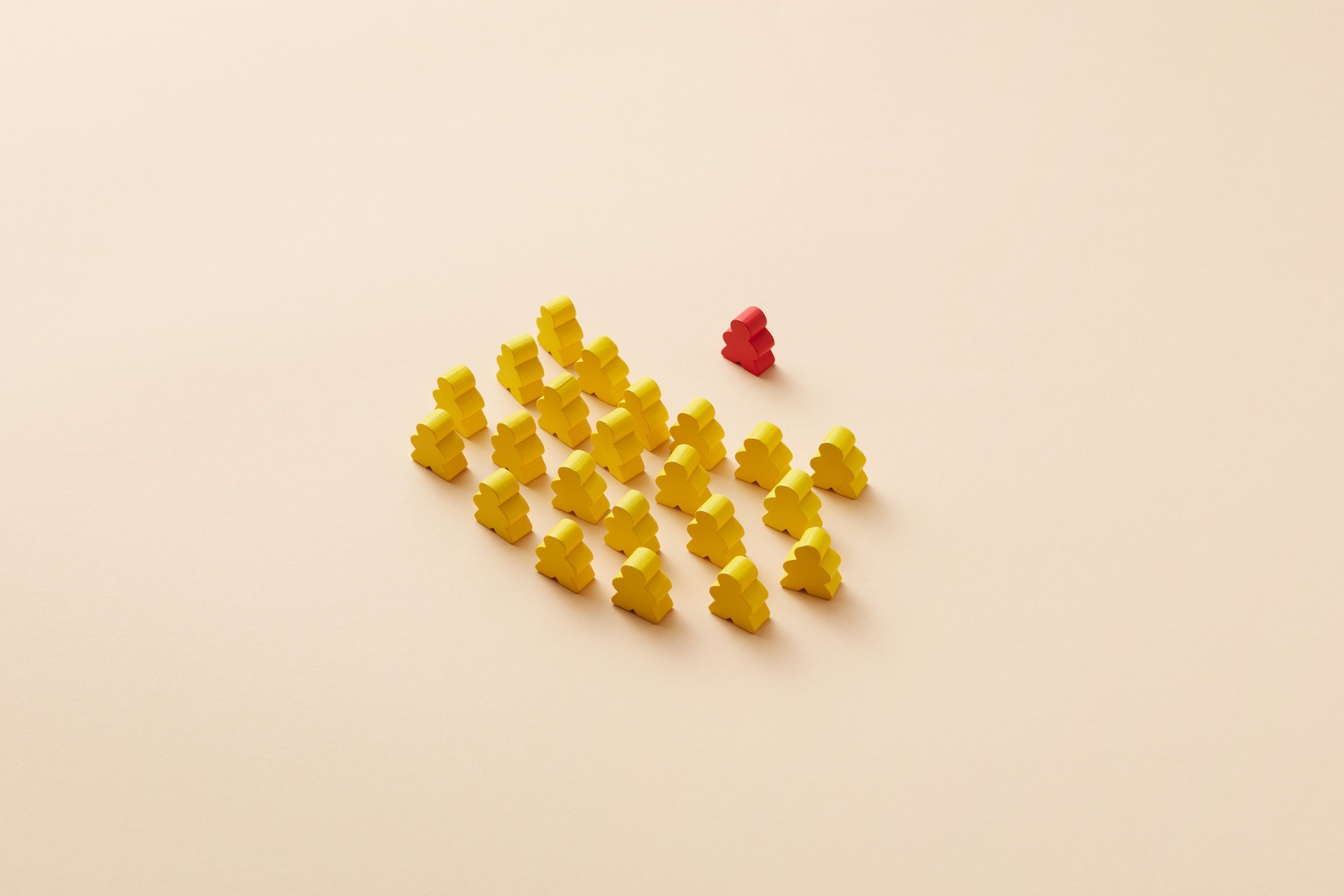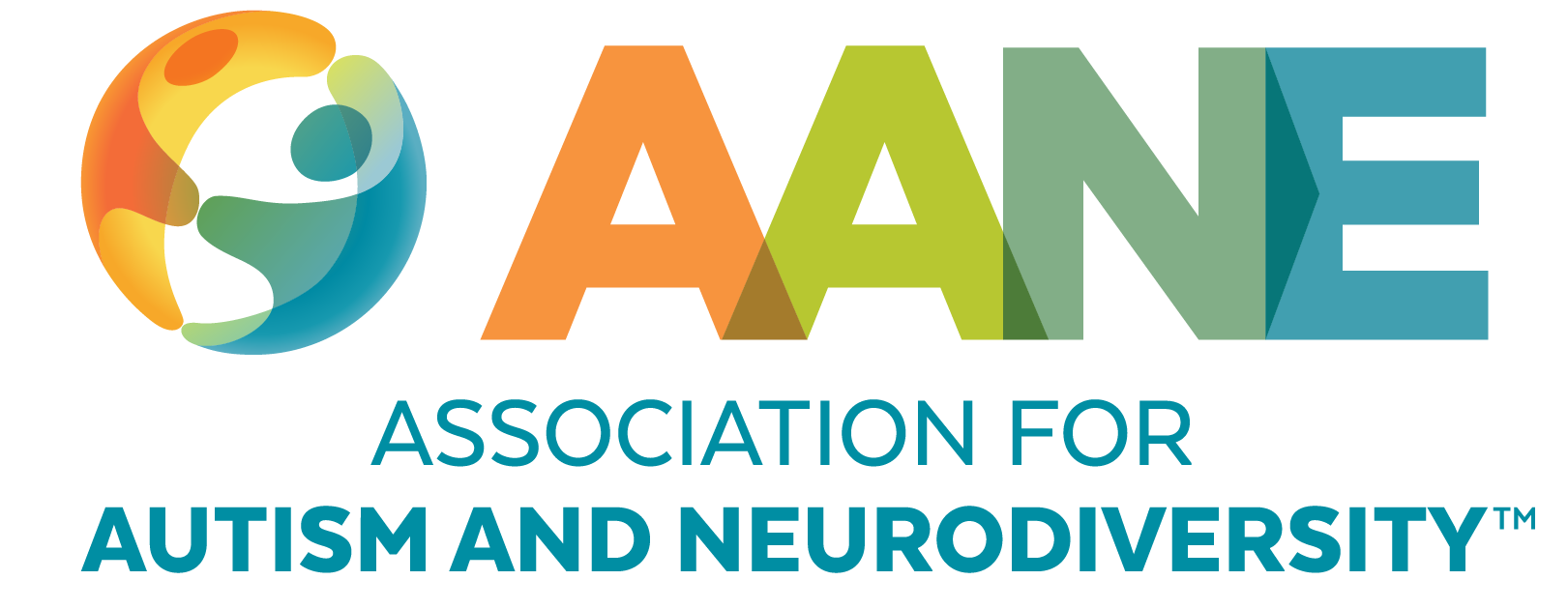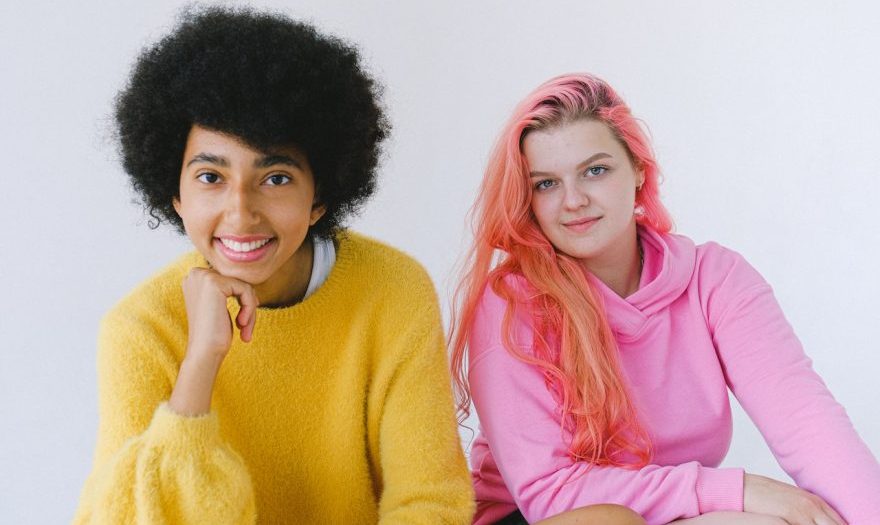
Sticking Around: A Spectrum Perspective on Friendships
About the Author
Beth Jones is a writer and musician who teaches introductory composition at Purdue University. You can find her past and current music projects at https://on.soundcloud.com/YDZuV

For as long as I can remember, I have harbored an instinct to flee. Whether to escape noise or conflict or to gratify some impulse I can’t name, the deep, needling itch I feel to run is an undeniable one. I recall in early grade school making plans to run away more than once. I don’t remember what I was running from, but I know I was running toward relief. All I needed was some books and an apple or two to survive a night out in the not-so-wilds of the school playground. With such second-rate survival skills, I was destined to be a Girl Scout dropout.
Of course, running isn’t always a matter of weakness. Sometimes it’s a matter of self-preservation. I can run from this boulder or face certain crushing death. I can run from this job or face long-term boredom and professional entrapment, stuck with colleagues who insist on nuking fish in the breakroom and hosting perfume-filled hoe-downs outside my office. Death and professional misery: as an autistic, both outcomes carry equal weight in my mind.
But when the impulse to flee swells up from the fear and fatigue that often comes from trying to build and nourish relationships, the outcome may not always be relief, at least not long-term. Surely, I have fled more than one human boulder in my life, but I know that I have also missed out, especially in middle age, on the rewards that can come with deep friendships—things worth sticking around for.
Despite my place on the spectrum, I’ve never really had a difficult time making acquaintances, and I have built several meaningful friendships. In my 20s and 30s, creative and professional interests made this easier. But in recent years, living in a town full of academic transients, coping with health challenges, and negotiating an altered sense of self have made building and maintaining friendships difficult and at a time when I need them most.
For the last several years, I have watched two of my three siblings suffer with the all-consuming miasma of severe mental illness and addiction. They exist but only on the fringes of my life. It wasn’t always this way, and the loss of those relationships as I once knew them has left me with an unfamiliar strain of loneliness along with a fear of what the future holds for them and me. Whatever it is, I will need good people in my life just as I need them now and not only for the emotional support that even deeper loss requires. I need them because, as we all do, I desire sincere connections, mutual acceptance, and genuine trust. But just as importantly, I need people who will challenge me as I seek to become a better version of myself–the one I’m still discovering post-diagnosis.
I didn’t receive a spectrum diagnosis until mid-2022. While I had suspected it for some time, coming to terms with the reality has been nothing short of a radical, internal paradigm shift in how I perceive myself and others. As many adults can affirm, though the process is emotionally brutal, the diagnosis itself—the validation that your lifelong unusual cluster of quirks, challenges, and abilities means something—is liberating. I’m beginning to understand why I often feel like my brain is ahead of my heart, or at least why they sometimes seem out of sync.
I’m also coming to understand why some aspects of relationships—especially female friendships—confound me. No matter how much I may crave them for the unique intimacy they can provide, building these relationships can be harder for me than it is for others. Much of what seems shallow or frivolous to me is typically how people make friend magic happen, at least the initial spark. Small talk and simple touches don’t come easily to me. Much of what people do so naturally and quickly are things I only want to do when I’m sure I mean them like complimenting and hugging.
And while I’m socially aware, deciphering the ambiguities and nailing the rhythms of new relationships can still feel like trying to read a scientific paper on particle physics written in Portuguese. I have too often given up and fled before I get past the first paragraph or taken the time to really know someone. But how can I show my otherwise loyal instincts, honest character, sympathetic nature, and best party tricks if I don’t stick around? I do, after all, have things to give.
These concerns aren’t new for me, but I am contending with them in a new phase of my life. My 7-year-old daughter, on the other hand, is just learning that friendships can be messy endeavors. We have talked many times about the ambiguities and busted expectations that are part of forming them. And, I have told her the only thing I can assure her of—that it’s with time and commitment that meaningful friendships are forged. I know because I have done it before. Despite my inborn tendency to flee, I have learned how to keep my feet planted long enough to get comfortable, but it is hard work.
Even so, I have much to understand about my autistic brain and how it helps and hinders me in relationships–forming and maintaining them. But the insight that I am gaining as I wrestle with this is finally allowing me to relinquish my fears that friendships will fall through or that I can’t be the steadfast friend I want to be. I know I can muster the courage and energy to do the hard work I have done before. Because though I may have been a lousy Girl Scout, I can, as the Girl Scouts sing, “make new friends but keep the old.”
Stay Current
Subscribe for AANE weekly emails, monthly news, updates, and more!



